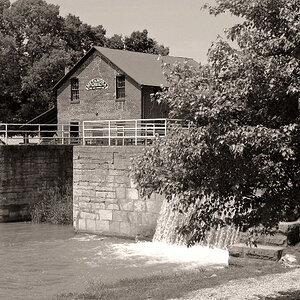SoCalJeremy
TPF Noob!
- Joined
- May 18, 2008
- Messages
- 3
- Reaction score
- 0
- Location
- Inland Empire - 30 mins east of L.A.
- Can others edit my Photos
- Photos OK to edit
Hi everyone,
This is my first post here - thank you for everything I've already learned! I'm going to be printing/selling my photos in a 4" x 4" format (1:1 ratio acheived by cropping/trimming), primarily. The majority (90% or more) will be sepia toned. Using my new Canon Rebel XTi, is there a best size/resolution etc. at which to take pictures which will ultimately be printed only 4x4 in.? Here are some other details:
Jeremy
This is my first post here - thank you for everything I've already learned! I'm going to be printing/selling my photos in a 4" x 4" format (1:1 ratio acheived by cropping/trimming), primarily. The majority (90% or more) will be sepia toned. Using my new Canon Rebel XTi, is there a best size/resolution etc. at which to take pictures which will ultimately be printed only 4x4 in.? Here are some other details:
- I'll want to take some of these same photos and print them 8x10 in color or b&w, possibly a little larger, too.
- I realize 10.1mp is overkill for printing 4x4, but is there (ever?) any reason to record in any but the highest resolution? If storage capacity is not an issue, that is...
- Has digital photography evolved past this being an issue? Maybe you can shrink the size without much degradation? (hope, hope)
Jeremy



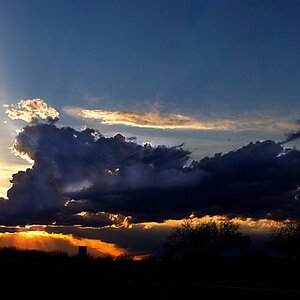
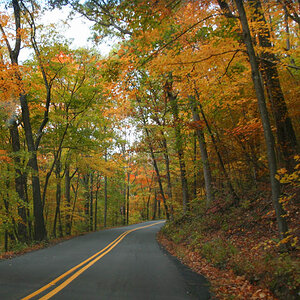
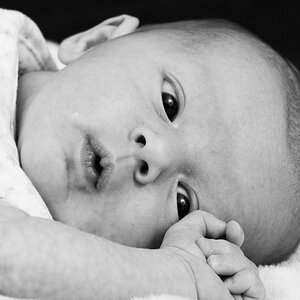
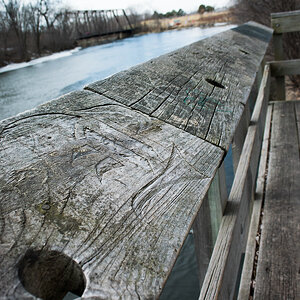

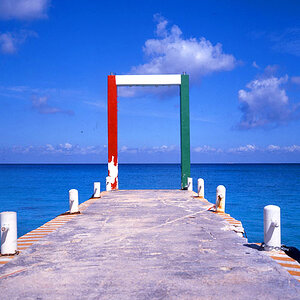
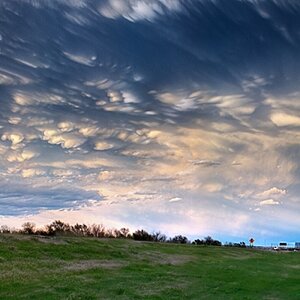
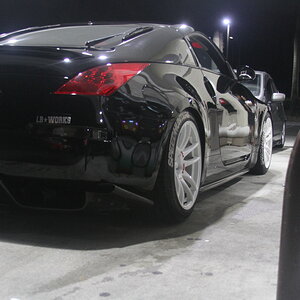
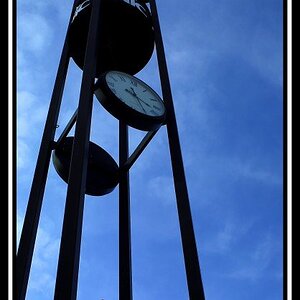
![[No title]](/data/xfmg/thumbnail/36/36600-689bc868e20f53581a083c9054ee0e47.jpg?1619737641)
